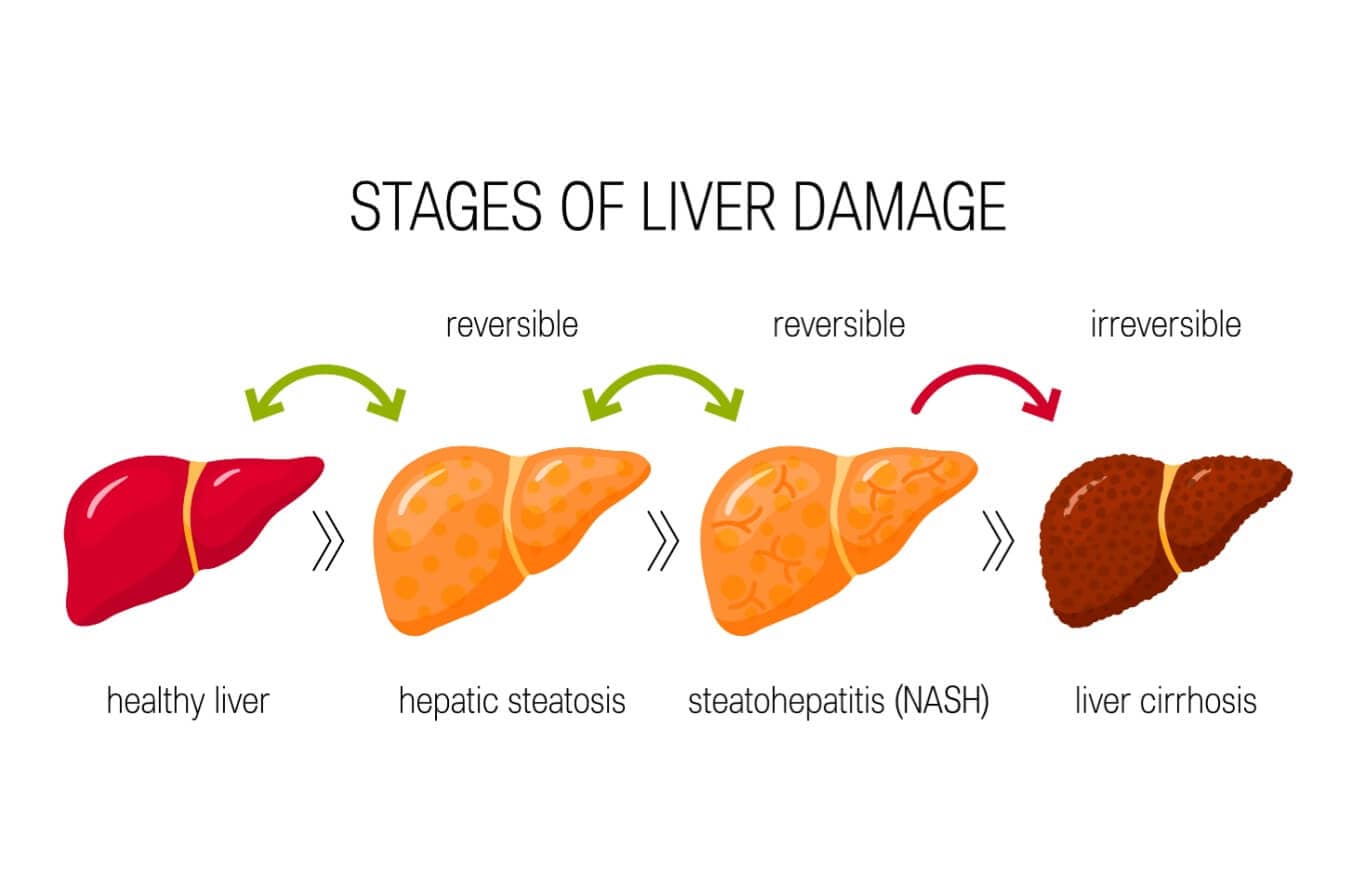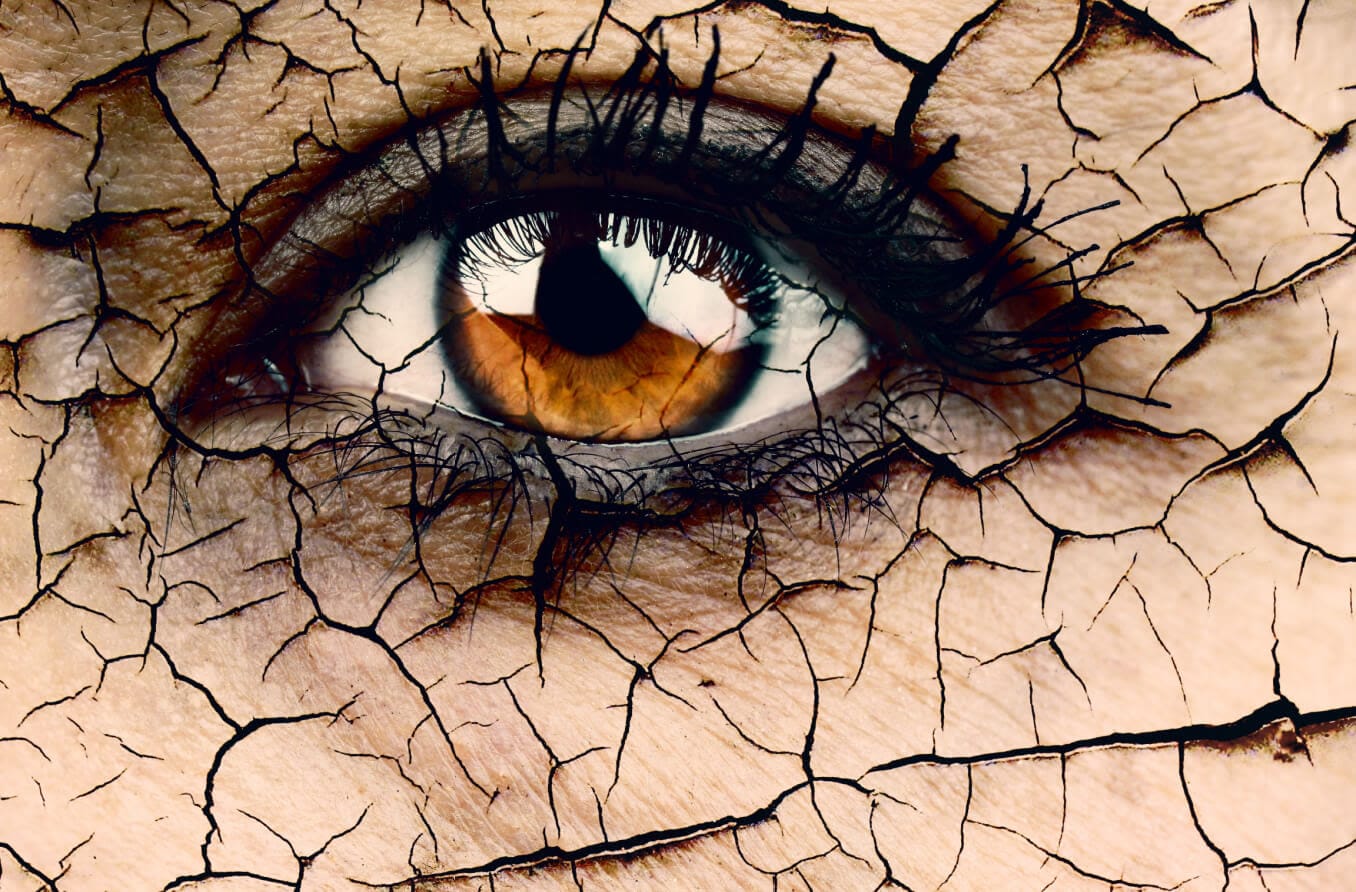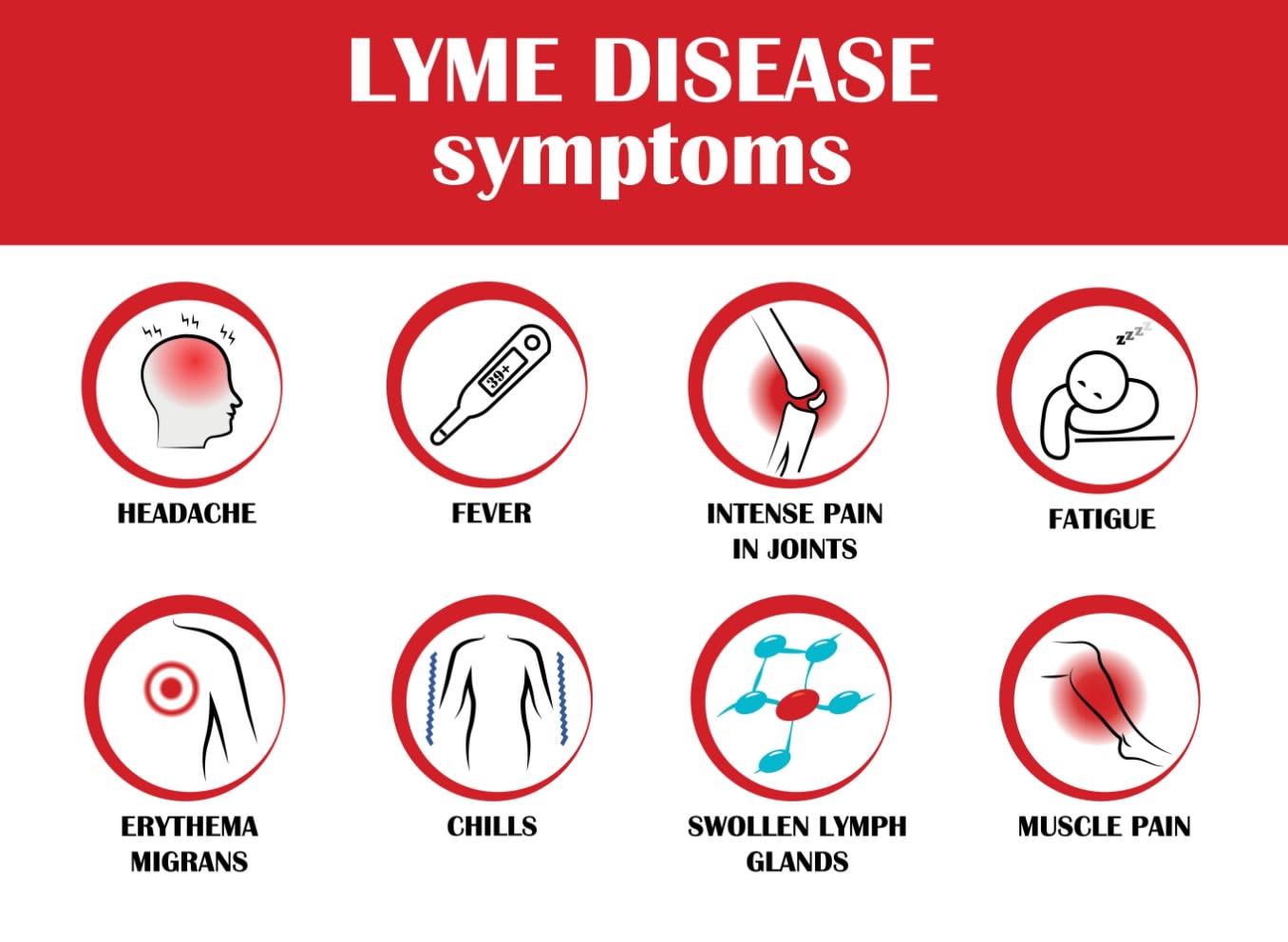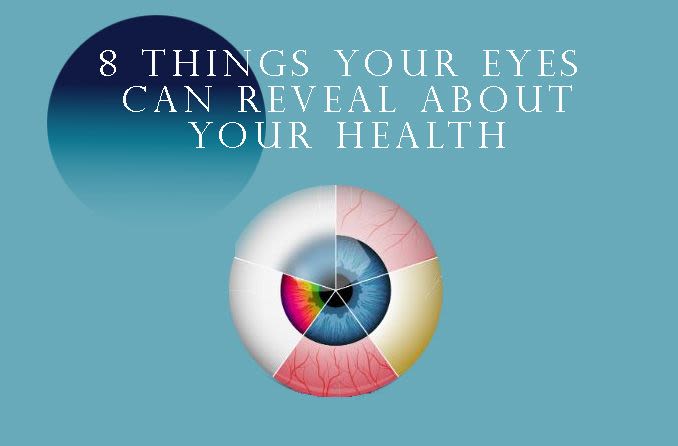What is liver failure?
Liver failure is when the liver starts to shut down. This is a life-threatening medical problem that needs to be treated. Liver disease and liver failure can affect your eye health, your eyesight or both.
Liver failure is often caused by at least one other medical condition, although liver disease can also be inherited.
If the conditions that are damaging your liver become severe enough, they can permanently scar your liver, which could stop it from working as well as it should. This is called cirrhosis (sir-OH-sis).
Eventually, cirrhosis can lead to liver failure, which may require a liver transplant.
People who have liver disease don't always develop cirrhosis or liver failure. Early treatment and lifestyle changes can help reverse some damage and keep your liver as healthy as possible.
Conditions that can cause liver damage include:
- Long-term alcohol abuse
- Hepatitis B or hepatitis C (causing liver inflammation that can lead to damage)
- Metabolic dysfunction-associated steatotic liver disease (MASLD), previously known as severe non-alcoholic fatty liver disease (NAFLD), which is associated with obesity, high blood pressure, high cholesterol and diabetes
- Certain autoimmune diseases
- Long-term use of certain medicines or substances
- Genetic disorders
- Some cancers
Some conditions cause a rare problem called acute liver failure. This makes the liver fail more quickly.
Eye-related symptoms of liver problems
Most of the time, early liver damage doesn't affect the eyes or cause any other symptoms. Many people don't have symptoms until their liver already has a lot of damage.
When early symptoms do appear, they can be unclear and hard to pinpoint. Some people experience:
- Fatigue
- Muscle weakness or cramps
- Lack of appetite
- Itchy skin
- Stomach pain
- Diarrhea, nausea or vomiting
- Feeling sick or like something is "off"
These symptoms can vary depending on the underlying cause of liver damage.
If it gets worse, advanced liver disease and eventual liver failure can affect your eyes and eyesight. These effects can include:
- Yellow eyes
- Dry eyes
- Eyesight problems caused by vitamin A deficiency
- Small skin growths around your eyes
- Cornea and crystalline lens issues
- Problems with the nerves around your eyes
- Vision loss (if underlying causes remain untreated)
- Eye-related side effects from medication
Here's how and why each of these happens:
Yellow eyes
Jaundice is a common eye-related sign of liver failure and other liver problems.
Jaundice makes your skin and the white part of each eye look yellow. Skin yellowing can be harder to notice in people who have darker skin tones.
In newborns, mild jaundice is very common and usually harmless. But jaundice in older babies, children and adults can mean something is wrong inside the body.
A yellow-orange pigment called bilirubin is released when your liver removes old blood cells. A healthy liver removes most of the pigment, but a damaged liver has more difficulty.
When enough bilirubin builds up in your body, it can turn your skin and eyes yellow.
Jaundice isn't always a direct sign of liver disease. It can also happen with:
- Gallstones and other gallbladder problems
- Pancreatitis
- Sickle cell disease
- Certain infections
- Certain medications
A doctor can order a blood test to find out how much bilirubin is in your body. This can help them figure out the underlying cause.
Dry eyes
Some liver problems can cause dry eyes. Primary biliary cholangitis (PBC) is one of these conditions.
Researchers think PBC is an autoimmune disease. Autoimmune conditions happen when the immune system mistakenly attacks a healthy part of the body.
In this case, the immune system attacks and weakens bile ducts in the liver. Bile then builds up and damages the liver.
It's not uncommon for PBC to happen alongside another autoimmune disease called Sjögren's syndrome. The two most common symptoms of Sjögren's syndrome are dry eyes and dry mouth.
Sjögren's syndrome can cause other eye symptoms, too, including:
- A gritty feeling
- Burning
- Itching
- Blurry vision
- Light sensitivity
- Eyelid irritation
Liver-related viral infections like hepatitis B and hepatitis C can also cause dry eyes.
Eyesight problems from severe vitamin A deficiency
Some people with chronic liver disease don't have enough vitamin A in their bodies.
In one study, nearly three in four people with advanced chronic liver disease had low levels of vitamin A. Around one in five people had a severe shortage.
A severe vitamin A deficiency can lead to a serious eye disease called xerophthalmia (zeer-off-THAL-mee-uh) if it isn't treated.
At first, xerophthalmia often makes it hard to see at night or in the dark. Over time, it can cause:
- Dry eyes
- Wounds and scars on the cornea (the clear dome at the front of your eye)
- Vision loss
Xerophthalmia is easily treated, and if diagnosed early enough, vitamin A supplements can reverse night blindness. In extreme cases, xerophthalmia can lead to permanent vision loss, so it is important to see an eye doctor if you notice symptoms.
Taking too much vitamin A can be dangerous, so don't take supplements without a doctor's supervision.
Xanthelasma
Some people with liver disease develop yellowish growths on their eyelids or around their eyes. These growths may be flat or have a bumpy texture.
Doctors call this condition xanthelasma (zan-thuh-LAZ-muh).
Xanthelasma itself isn't dangerous, but it could mean that liver disease is causing very high cholesterol levels. High cholesterol can increase your risk of a stroke, a heart attack and other heart problems.
Doctors have several ways to treat these growths if needed.
Nerve-related eye problems
Advanced liver disease can cause problems with the nerves around your eyes. They include:
- Cranial nerve palsies – A palsy (PAWL-zee) is when a nerve doesn't work right. Cranial nerve palsies involve one or more of the 12 pairs of cranial nerves in your head. They can affect your eye movement, eyesight, and other movements and senses.
- Nystagmus – This eye disorder causes repetitive, uncontrollable eye movements.
- Gaze palsies – These conditions make it harder for both eyes to move in the same direction together.
- Optic atrophy – Portions of the nerve cells at the back of your eye (retina) start to die. This can lead to different levels of vision loss.
Vision changes
If liver damage becomes severe, it may increase the risk of your vision being affected. This can happen for several reasons, including the vitamin A deficiency complications and nerve problems discussed earlier.
The liver is regarded as the most important organ for metabolism — which is how the body processes nutrients.
When the liver is damaged or failing, it doesn't process certain substances as well as it should.
This could lead to an increased risk of vision loss from complications:
- Liver problems may impair your body's ability to control how much glucose (a sugar) is in your blood. This can cause or worsen diabetes and lead to diabetic retinopathy. If diabetes isn't controlled, diabetic retinopathy can cause vision loss and other eye diseases.
- A damaged liver can't process vital compounds called lipids as well. This could increase your risk of developing macular degeneration, which can cause vision loss in the center of your eyesight.
- When your liver can't clear out ammonia like it's supposed to, the chemical can build up and damage part of your brain that helps you see. This can cause a type of vision loss called cortical visual impairment.
- A healthy liver controls the levels of certain metals in your body. At high levels, metals like iron and copper can eventually build up inside your eyes and affect your vision.
Medication-related eye problems
Certain medicines can cause eye-related side effects and complications.
Steroids are one example. Many people who have autoimmune hepatitis and other autoimmune diseases take steroids to lower inflammation and calm their overactive immune systems.
When used over a long period of time, steroids can increase your risk of developing eye problems like:
- Cataracts
- Glaucoma
- Keratitis (inflammation of the cornea)
- Changes to the makeup of the fluids inside your eye
- Changes to the thickness of the white part of your eye
- Pseudotumor cerebri (a rare disorder that can cause headaches and vision changes)
Your doctor or pharmacist can answer your questions or concerns about specific medications.
READ MORE: How alcohol affects your eyesight
When to talk to a doctor
It can feel unsettling to notice a change in your eyes. While liver disease, cirrhosis and liver failure can cause certain eye problems, those same symptoms can also happen for many other reasons.
Talk to an eye doctor if you notice changes in your eyes or vision.
If you're in pain or have yellow eyes, vision loss or another potentially serious symptom, get medical help as soon as possible.
If you've already been diagnosed with a liver disease, a new eye symptom doesn't always mean your condition is getting worse. Your doctor or specialist is trained to make this decision.
They will talk to you about your symptoms and may order certain tests. This can help them understand more about your condition so they can help you feel better.










